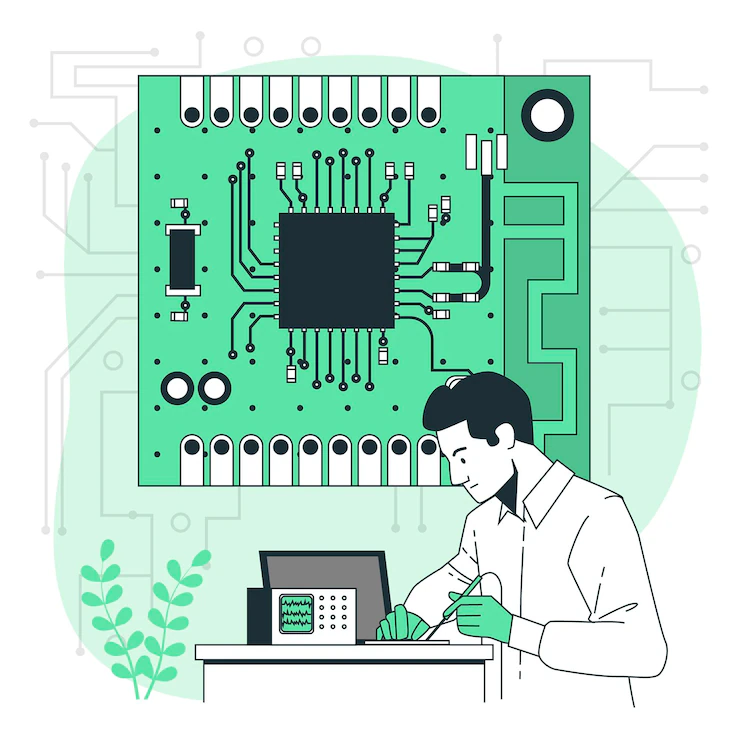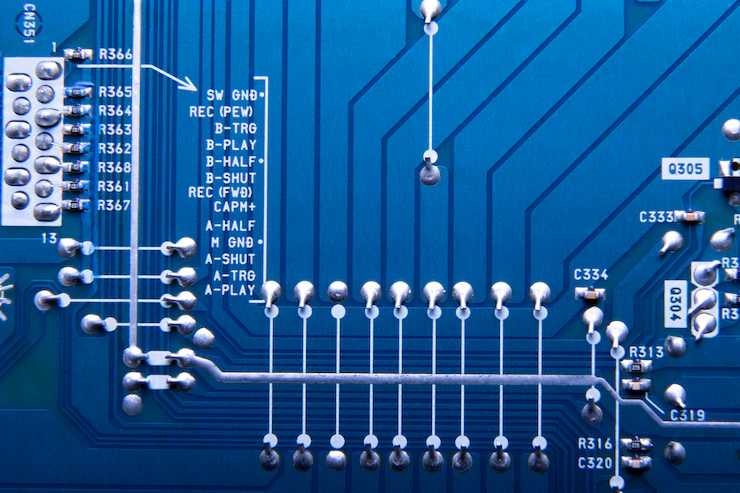Electrical circuits are essential for the safe, reliable, and efficient operation of our homes and buildings. They form the backbone of our electrical systems, distributing power to all of the devices and appliances that we rely on.
When electrical circuits are not properly designed or installed, they can pose a serious safety hazard. This is why it is so important to choose electrical circuits with utmost importance.
The wrong type of circuit could lead to electrical fires, shocks, or other injuries. In addition to safety, electrical circuits also play a role in the functionality and longevity of our homes and buildings.
Well-designed electrical circuits can help to ensure that our appliances and devices operate properly and efficiently.

They can also help to protect our homes from damage caused by electrical surges or power outages. There are two main types of electrical circuits used in homes: 120-volt circuits and 240-volt circuits.
120-volt circuits are used for most of the devices in our homes, such as lights, outlets, and appliances. 240-volt circuits are used for larger appliances, such as air conditioners, ovens, and electric dryers.
When choosing electrical circuits for your home, it is important to consider the size and type of appliances you will be using. You should also make sure that the circuits are properly sized and installed to meet the electrical code.
By choosing the right electrical circuits for your home, you can help to ensure the safety, functionality, and longevity of your home.
Here are the key reasons why choosing electrical circuits with utmost importance is essential for the safety, functionality, and longevity of our homes and buildings:
Safety First
Safety should always be the top priority when dealing with electricity. Electrical accidents can result in severe injuries, fatalities, or property damage. By selecting electrical circuits with utmost importance, we mitigate the risk of electrical hazards such as short circuits, overloads, and electrical fires. Proper circuit selection ensures that the electrical load is distributed evenly, preventing overheating and potential damage to the electrical system.

For instance, in the kitchen, where multiple appliances are often used simultaneously, the electrician installs dedicated circuits to handle the high electrical load.
This prevents overloading and reduces the chances of a short circuit or electrical fire. They also ensure that the circuits are properly distributed, so that no single circuit is overwhelmed with too much power.
Load Distribution and Capacity
Every electrical circuit has a specific capacity or load it can handle. It is crucial to understand the electrical requirements of various appliances, lighting fixtures, and devices within a home or building.
By distributing the load across multiple circuits, we prevent overloading and ensure each circuit operates within its designated capacity. Overloading a circuit can lead to tripped breakers, electrical malfunctions, and even fire hazards.

Take the example of office spaces, they are equipped with computers, printers, and lighting fixtures. The facility manager ensures that these electrical loads are distributed across multiple circuits rather than being concentrated on a single circuit.
They strategically allocate the outlets and lighting circuits to evenly distribute the load.
Flexibility and Adaptability
Choosing electrical circuits with careful consideration allows for future flexibility and adaptability. As technology evolves and our electrical needs change, having the appropriate circuits in place ensures we can easily incorporate new devices, appliances, and technologies without overburdening the existing system.
Proper circuit planning and allocation of circuits for specific purposes (e.g. kitchen circuits, dedicated circuits for high-power appliances) provide the necessary infrastructure to
accommodate future electrical requirements.

During home renovations or remodeling projects, homeowners have the chance to enhance their electrical circuits. They can add extra circuits or designate circuits for particular uses like new appliances, home theaters, or home office setups.
This enables a seamless integration of new technologies and electrical devices while renovating and guarantees the ability to adapt tto future electrical requirements.
Code Compliance and Legal Requirements
Electrical codes and regulations exist to ensure the safety and standardization of electrical installations. When selecting circuits for our homes or buildings, it is essential to adhere to these codes and meet the legal requirements set by local authorities.
Compliance with electrical codes not only ensures the safety of occupants but also helps prevent potential legal issues or complications in the future. Suppose a developer is constructing a housing complex consisting of multiple units.
In this scenario, they must comply with electrical codes and legal requirements to ensure the safety of the occupants and avoid legal consequences.
Energy Efficiency

Efficiency and sustainability are crucial considerations in today’s world. Careful selection of electrical circuits can contribute to energy efficiency in several ways. Dedicated circuits for energy-intensive appliances, such as air conditioners or electric
vehicles, allow for efficient operation without overloading the overall system.
Additionally, incorporating energy-saving devices, such as smart switches and power monitoring systems, can optimize energy consumption and reduce electricity bills. A small real-life example of energy efficiency can be seen in a residential kitchen renovation.
Suppose a homeoEfficiency and sustainability are crucial considerations in today’s world. Careful selection of electrical circuits can contribute to energy efficiency in several ways. Dedicated circuits for energy-intensive appliances, such as air conditioners or electric vehicles, allow for efficient operation without overloading the overall system.
Additionally, incorporating energy-saving devices, such as smart switches and power monitoring systems, can optimize energy consumption and reduce electricity bills. A small real-life example of energy efficiency can be seen in a residential kitchen renovation.
Suppose a homeowner decides to upgrade their kitchen appliances and lighting fixtures while prioritizing energy efficiency.wner decides to upgrade their kitchen appliances and lighting fixtures while prioritizing energy efficiency.
Avoiding Interference and Damage
Electrical circuits can be sensitive to interference from various sources, such as electromagnetic fields, radio frequencies, or power surges. By selecting circuits with appropriate shielding, grounding, and surge protection measures, we safeguard our
electrical system from external influences that could cause malfunctions or damage sensitive equipment. Proper circuit selection also helps mitigate electrical noise and interference, ensuring optimal performance of devices and appliances.
For instance, a homeowner wants to protect their expensive home entertainment system, including a TV, audio equipment, and gaming consoles, from potential damage caused by power surges. They select a high-quality surge protector and connect all their electronic devices to it.
In conclusion, the importance of choosing electrical circuits for our homes and buildings cannot be overstated. By prioritising safety, distributing the electrical load effectively, and considering future needs, we can ensure the functionality and longevity of our electrical systems.
Adhering to electrical codes and regulations, promoting energy efficiency, and protecting against interference and damage further enhance the reliability and performance of our circuits. By selecting electrical circuits with utmost importance, we create a safer, more efficient, and resilient electrical infrastructure for our homes and buildings


whoah this weblog is magnificent i really
like reading your articles. Keep up the good work!
You know, many people are searching round for this info, you can aid them greatly.